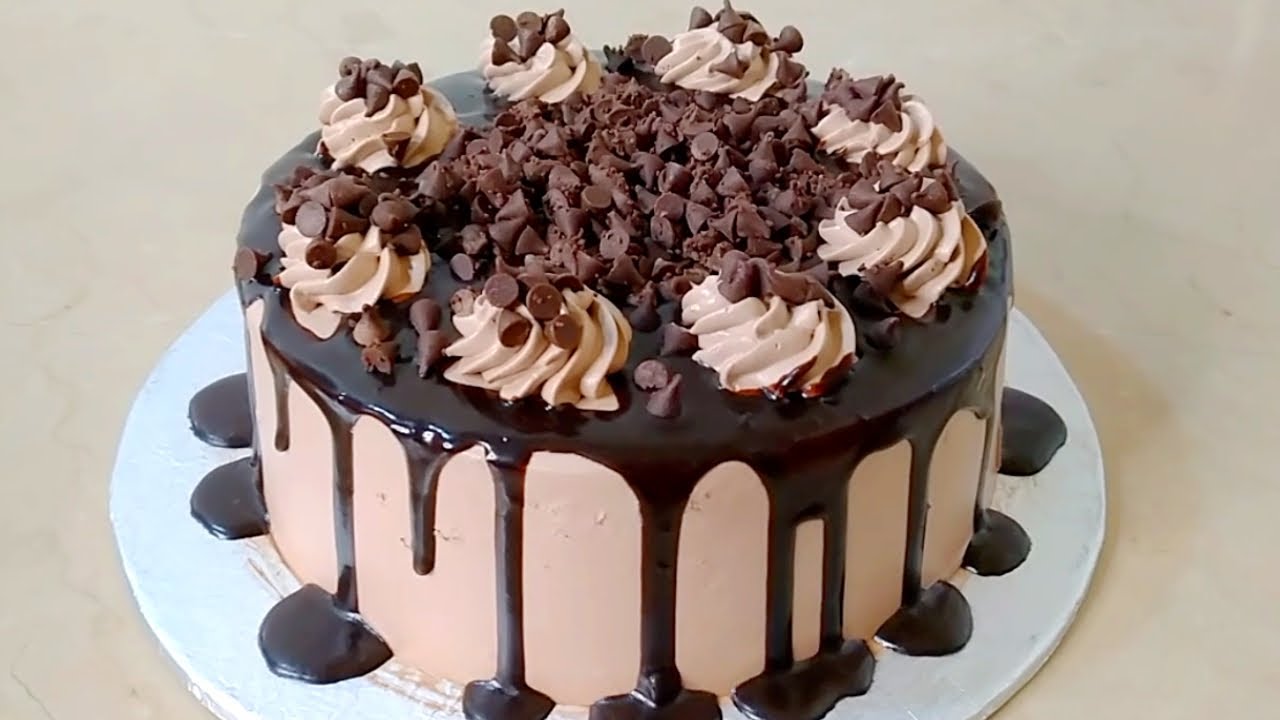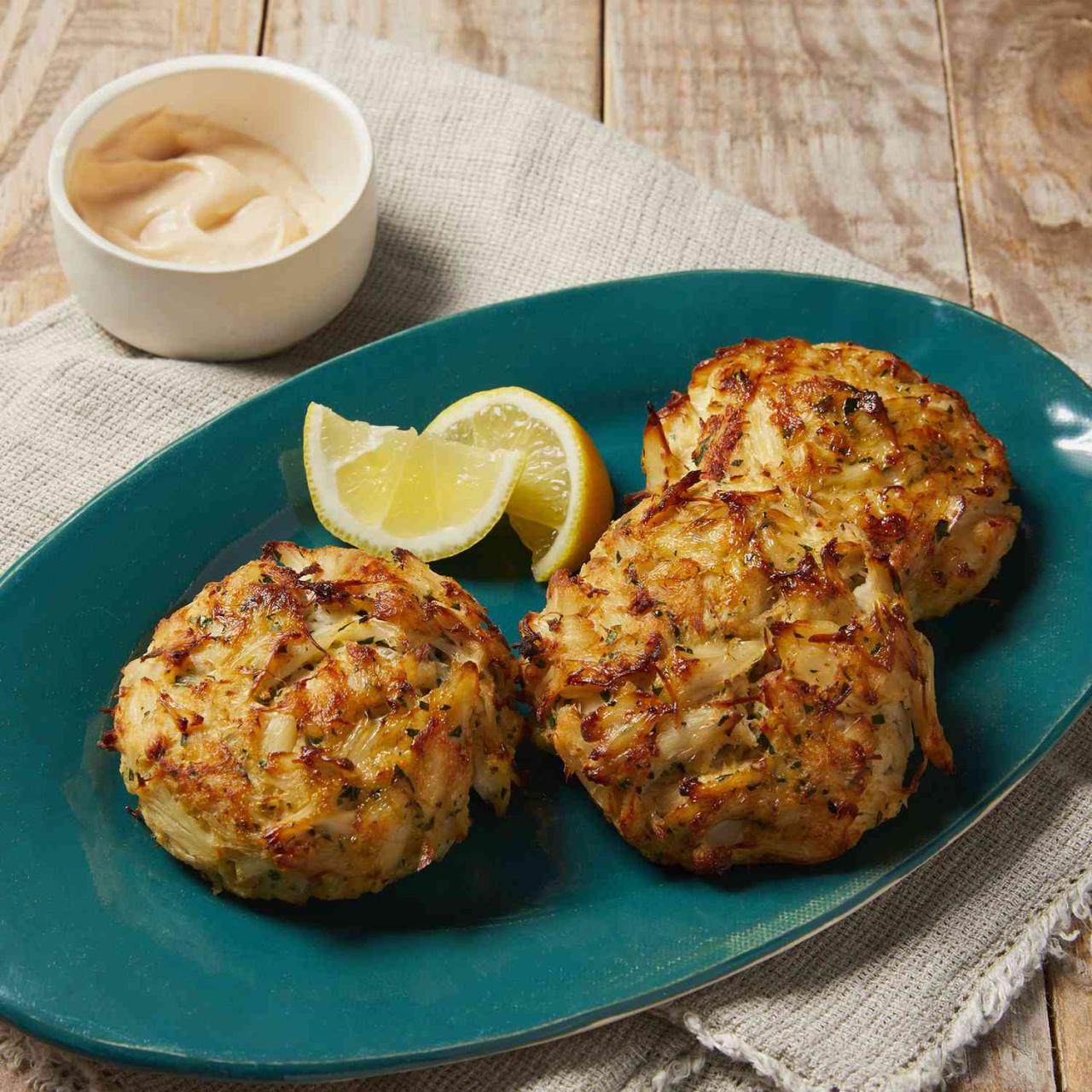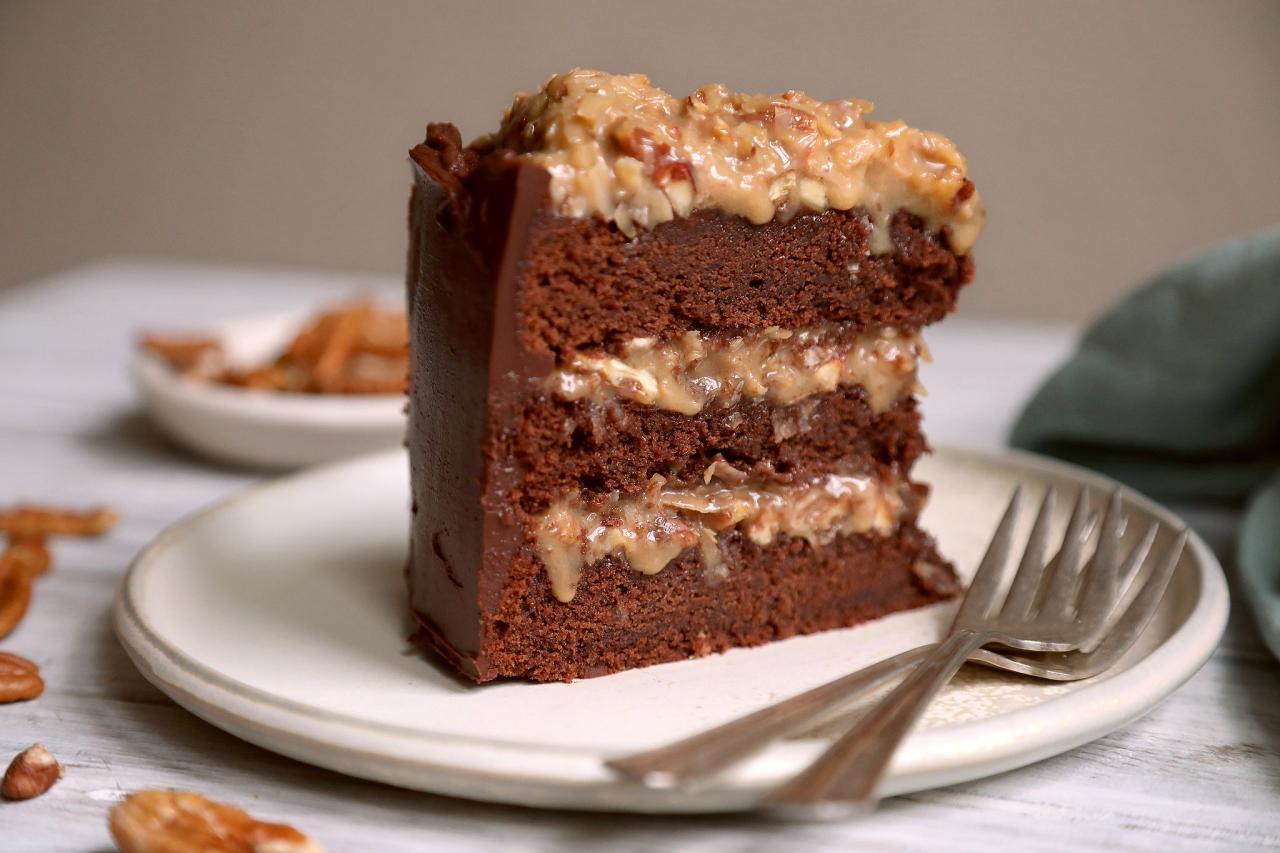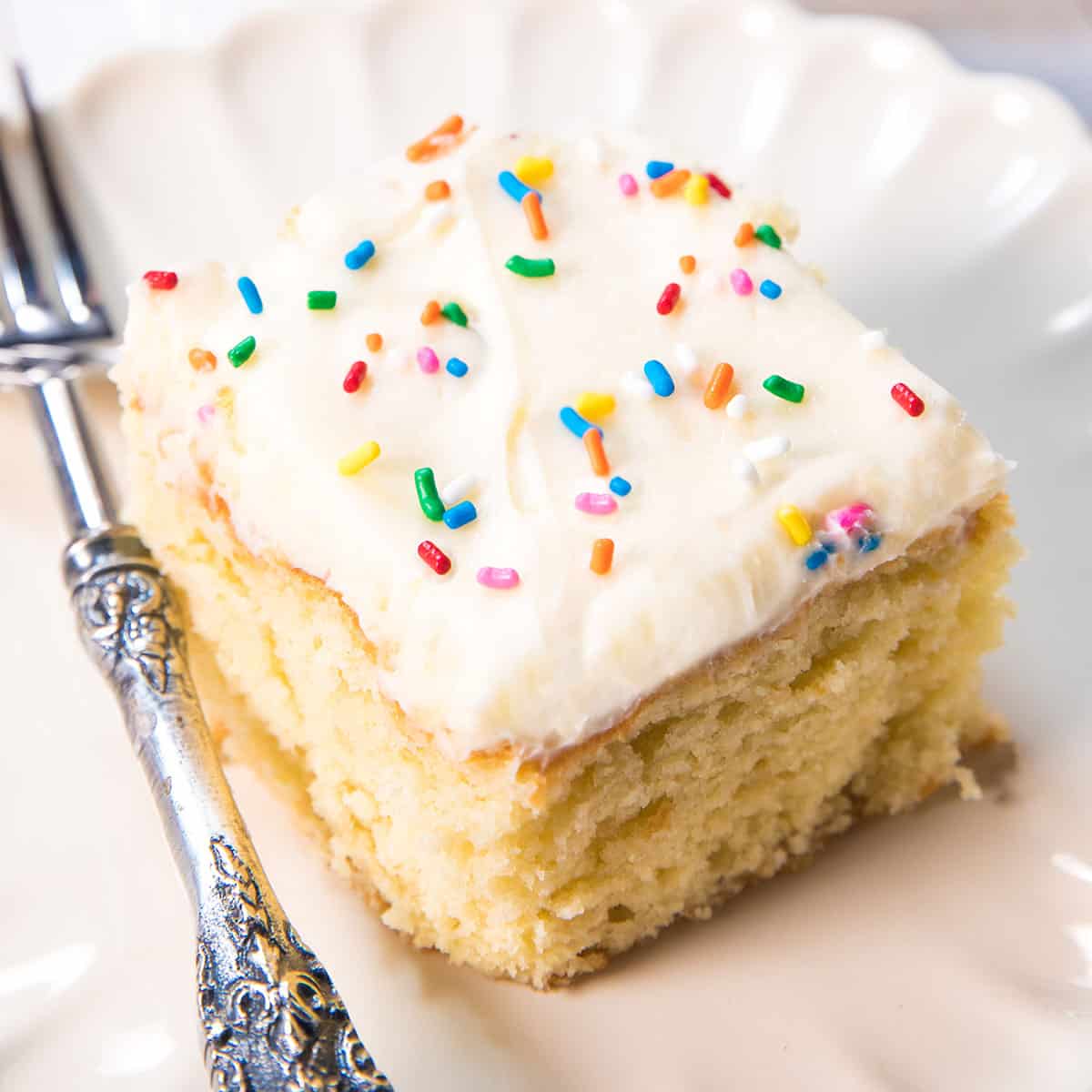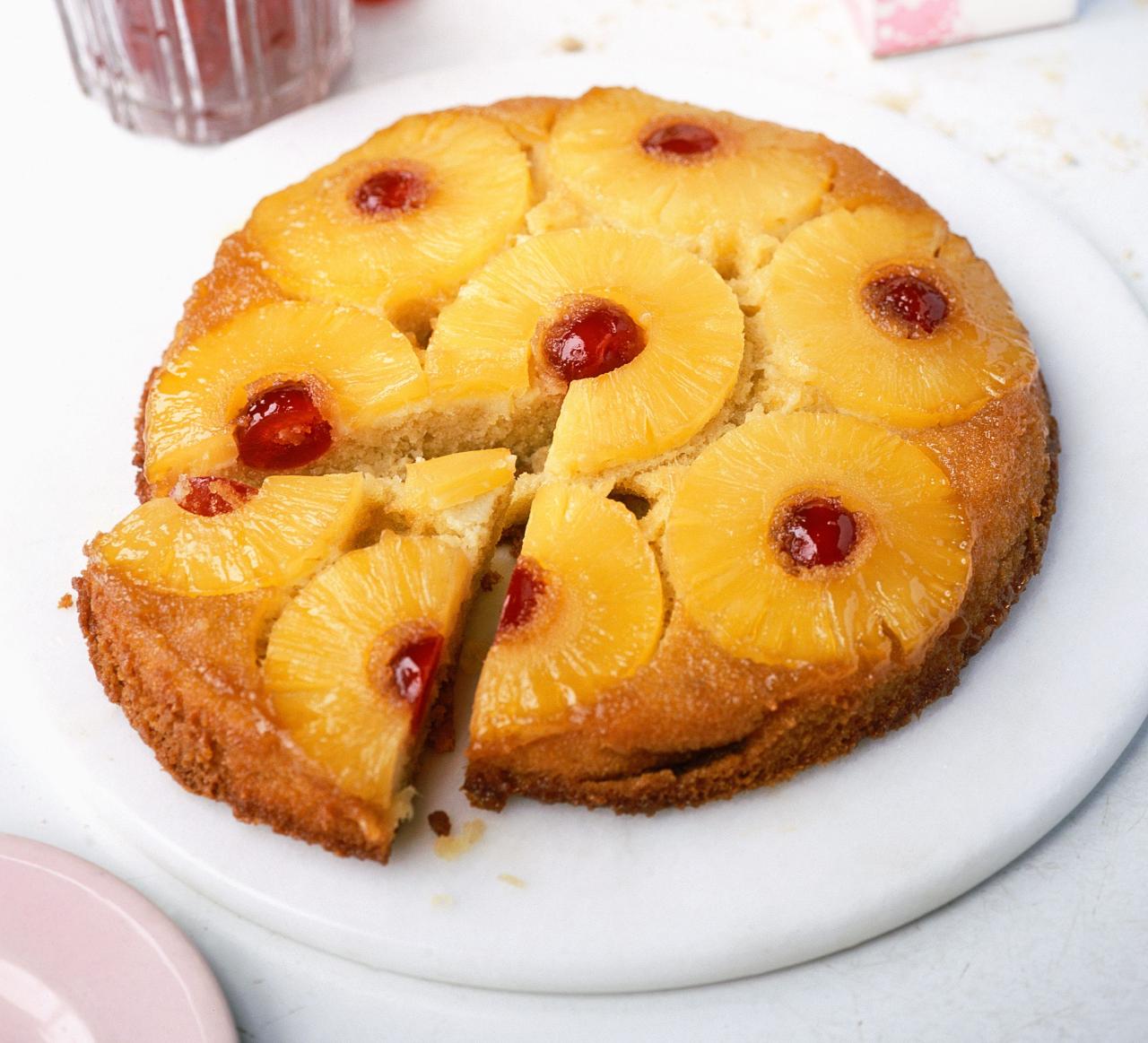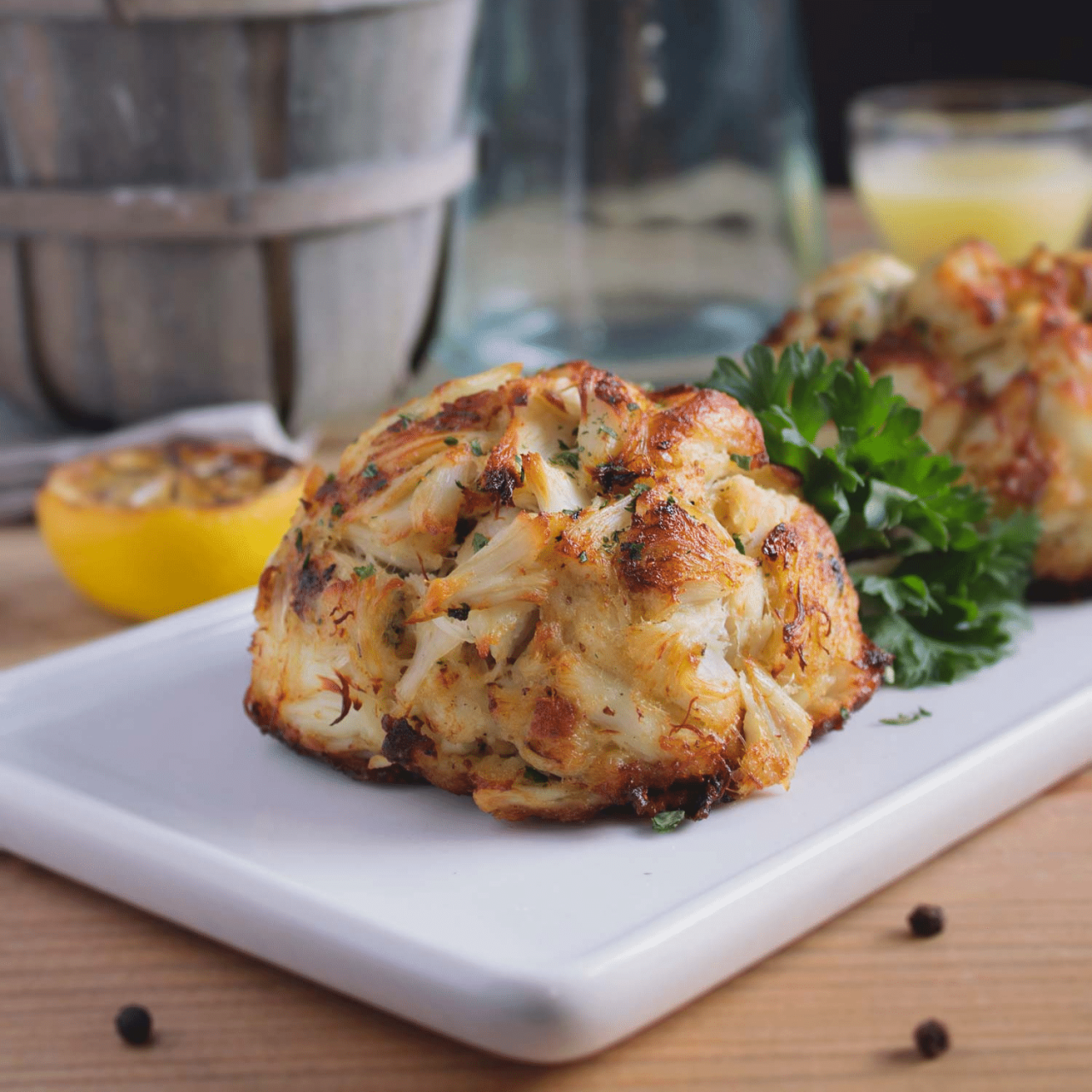Carrot cake, a beloved dessert with roots in history and a place in modern kitchens, tells a story of culinary evolution and cultural influence. This humble cake, often associated with its namesake vegetable, has transcended its origins to become a global favorite.
From its humble beginnings to its current variations, carrot cake has captivated taste buds and sparked culinary creativity for centuries.
The origins of carrot cake can be traced back to medieval Europe, where carrots were a common ingredient in sweet dishes. Over time, the cake evolved, incorporating spices, nuts, and eventually, cream cheese frosting. Today, carrot cake continues to inspire culinary innovation, with chefs and home bakers alike experimenting with new flavor combinations and presentation styles.
History and Origins of Carrot Cake
Carrot cake, a beloved dessert enjoyed worldwide, has a rich and fascinating history that spans centuries and cultures. Its origins can be traced back to ancient times, where carrots were a staple food source and often incorporated into sweet and savory dishes.
This humble root vegetable has played a significant role in shaping the evolution of this iconic cake.
Early Origins and Influences
The earliest forms of carrot cake can be found in ancient civilizations, where carrots were used as a sweetener and flavoring agent. In medieval Europe, carrots were commonly used in cakes and other desserts, often combined with spices like ginger, cinnamon, and nutmeg.
The use of carrots in cakes during this period was likely driven by their availability and affordability, as well as their ability to add moisture and sweetness to baked goods.
The Rise of Carrot Cake in the 18th and 19th Centuries
During the 18th and 19th centuries, carrot cake gained popularity in Europe and North America. This was partly due to the increasing availability of sugar and the development of new baking techniques. Carrot cake recipes from this era often included ingredients such as butter, eggs, flour, and spices, creating a richer and more decadent dessert.
The addition of nuts and dried fruits further enhanced the flavor and texture of the cake.
The Evolution of Carrot Cake in the 20th Century
In the 20th century, carrot cake continued to evolve and become a staple dessert in many cultures. The development of cream cheese frosting in the early 20th century revolutionized the way carrot cake was presented and enjoyed. This combination of moist, spiced cake and creamy frosting became a classic pairing that is still popular today.
Ingredients and Variations of Carrot Cake
The essential ingredients in a traditional carrot cake recipe include grated carrots, flour, sugar, eggs, butter, spices, and baking soda. These ingredients work together to create a moist, flavorful, and slightly dense cake. However, the world of carrot cake is filled with endless variations, each offering a unique twist on this classic dessert.
Essential Ingredients
- Grated Carrots:The star ingredient of carrot cake, carrots provide moisture, sweetness, and a distinct flavor. They also add a nutritional boost to the cake.
- Flour:All-purpose flour is the most common type of flour used in carrot cake, but you can also experiment with other types, such as whole wheat flour or almond flour, for a different texture and flavor.
- Sugar:Granulated sugar is typically used to sweeten the cake, but you can substitute it with brown sugar, honey, or maple syrup for a deeper flavor.
- Eggs:Eggs bind the ingredients together and add richness and moisture to the cake.
- Butter:Unsalted butter provides flavor and moisture to the cake. It can be replaced with vegetable oil for a lighter texture.
- Spices:Cinnamon, nutmeg, ginger, and cloves are common spices used in carrot cake. They add warmth and depth of flavor to the cake.
- Baking Soda:Baking soda acts as a leavening agent, making the cake rise and become light and airy.
Popular Variations
Carrot cake recipes can be customized to suit different tastes and preferences. Here are some popular variations:
- Spiced Carrot Cake:This variation incorporates a blend of warm spices, such as cinnamon, nutmeg, ginger, and cloves, for a more intense flavor profile.
- Chocolate Carrot Cake:Adding cocoa powder to the batter creates a rich and decadent chocolate flavor.
- Cream Cheese Frosting:A classic pairing for carrot cake, cream cheese frosting provides a tangy and creamy contrast to the sweetness of the cake.
- Walnut Carrot Cake:Chopped walnuts add a crunchy texture and nutty flavor to the cake.
- Pineapple Carrot Cake:The addition of crushed pineapple adds a tropical twist to the traditional carrot cake.
Unique Carrot Cake Variation
Here is a recipe for a unique carrot cake variation that incorporates unexpected ingredients and flavor combinations:
Citrus-Ginger Carrot Cake with Candied Ginger FrostingIngredients:
- 2 cups grated carrots
- 2 cups all-purpose flour
- 1 1/2 cups granulated sugar
- 1/2 cup brown sugar
- 1/2 cup vegetable oil
- 4 eggs
- 1/4 cup orange juice
- 1/4 cup lemon juice
- 1 tablespoon grated fresh ginger
- 1 teaspoon cinnamon
- 1/2 teaspoon nutmeg
- 1/4 teaspoon ground cloves
- 1 teaspoon baking soda
- 1/2 teaspoon salt
Frosting:
- 8 ounces cream cheese, softened
- 1/2 cup unsalted butter, softened
- 2 cups powdered sugar
- 1/4 cup candied ginger, chopped
- 1 teaspoon vanilla extract
Instructions:
- Preheat oven to 350°F (175°C). Grease and flour a 9×13 inch baking pan.
- In a large bowl, whisk together flour, sugar, brown sugar, baking soda, and salt.
- In a separate bowl, whisk together eggs, oil, orange juice, lemon juice, and grated ginger.
- Add the wet ingredients to the dry ingredients and mix until just combined.
- Fold in the grated carrots.
- Pour the batter into the prepared pan and bake for 30-35 minutes, or until a toothpick inserted into the center comes out clean.
- Let the cake cool completely before frosting.
- To make the frosting, beat together cream cheese and butter until smooth. Gradually add powdered sugar, beating until light and fluffy. Stir in candied ginger and vanilla extract.
- Frost the cooled cake and enjoy!
Cultural Significance and Symbolism
Carrot cake holds cultural significance in various parts of the world, often associated with traditions, celebrations, and symbolic meanings.
Cultural Significance
In some cultures, carrot cake is associated with special occasions, such as birthdays, weddings, and holidays. For example, in the United States, carrot cake is a popular dessert for Easter celebrations. The bright orange color of the cake is often seen as a symbol of spring and new beginnings.
Symbolic Meanings, Carrot cake
The carrot itself has been associated with various symbolic meanings throughout history. In some cultures, carrots are seen as a symbol of good luck, prosperity, and fertility. The orange color of carrots is also associated with warmth, joy, and creativity.
Carrot Cake in Literature, Art, and Popular Culture
Carrot cake has been featured in various forms of media, including literature, art, and popular culture. It has been mentioned in novels, poems, and songs, and it has been depicted in paintings and photographs. Carrot cake’s popularity in popular culture reflects its widespread appeal and its association with comfort, indulgence, and celebration.
Baking and Preparation Techniques
Baking a delicious carrot cake requires a few essential techniques and considerations to ensure a moist, flavorful, and well-structured cake.
Step-by-Step Baking Process
- Prepare the Ingredients:Gather all the necessary ingredients and measure them accurately. Grate the carrots finely for optimal moisture and texture.
- Mix the Dry Ingredients:Combine the flour, sugar, spices, baking soda, and salt in a large bowl. Whisk together to ensure even distribution.
- Mix the Wet Ingredients:In a separate bowl, whisk together the eggs, oil, and any liquid ingredients, such as orange juice or lemon juice.
- Combine Wet and Dry Ingredients:Gradually add the wet ingredients to the dry ingredients, mixing until just combined. Avoid overmixing, as this can result in a tough cake.
- Fold in the Carrots:Gently fold in the grated carrots to distribute them evenly throughout the batter.
- Pour Batter into Pan:Pour the batter into a greased and floured baking pan. Spread the batter evenly and tap the pan gently to remove any air bubbles.
- Bake:Bake the cake according to the recipe instructions, usually at 350°F (175°C) for 30-35 minutes. Check for doneness by inserting a toothpick into the center of the cake. If it comes out clean, the cake is done.
- Cool:Let the cake cool in the pan for 10 minutes before inverting it onto a wire rack to cool completely.
Importance of Specific Ingredients and Tools
Using specific ingredients and tools can significantly impact the final outcome of your carrot cake. For example, using high-quality butter and spices will enhance the flavor and richness of the cake. Using a kitchen scale to measure ingredients ensures accuracy and consistency in your baking.
Baking Methods and Their Impact
Different baking methods can influence the texture and appearance of your carrot cake. Here is a table comparing common baking methods and their impact:
| Baking Method | Impact on Cake |
|---|---|
| Conventional Oven | Evenly cooked cake with a consistent texture. |
| Convection Oven | Faster baking time and crispier crust. |
| Slow Cooker | Moist and dense cake with a slightly caramelized flavor. |
Popular Carrot Cake Recipes and Chefs
Carrot cake has become a culinary staple, with renowned chefs and bakeries around the world crafting their own unique interpretations of this classic dessert.
Famous Carrot Cake Recipes
Here are a few examples of popular carrot cake recipes from famous chefs and bakeries:
- Ina Garten’s Carrot Cake:This recipe features a moist and flavorful cake with a classic cream cheese frosting. It is known for its simple ingredients and straightforward instructions.
- Martha Stewart’s Carrot Cake:This recipe incorporates a blend of spices, including cinnamon, nutmeg, ginger, and cloves, for a warm and aromatic flavor. It also features a delicious cream cheese frosting.
- The Hummingbird Bakery’s Carrot Cake:This recipe is known for its moist and dense cake with a rich and creamy cream cheese frosting. It is a popular choice for special occasions.
Unique Characteristics and Flavors
Each of these recipes offers a unique twist on the traditional carrot cake, with variations in ingredients, flavor profiles, and presentation. For example, Ina Garten’s recipe emphasizes simplicity and classic flavors, while Martha Stewart’s recipe highlights the use of spices.
The Hummingbird Bakery’s recipe is known for its dense and rich texture.
Key Differences Between Popular Carrot Cake Recipes
Here is a table highlighting key differences between popular carrot cake recipes:
| Recipe | Key Differences |
|---|---|
| Ina Garten’s Carrot Cake | Simple ingredients, classic flavors, moist texture. |
| Martha Stewart’s Carrot Cake | Emphasis on spices, warm and aromatic flavor, creamy frosting. |
| The Hummingbird Bakery’s Carrot Cake | Dense and rich texture, generous cream cheese frosting, popular for special occasions. |
Health and Nutritional Aspects
Carrot cake, while a delicious treat, has a nutritional profile that warrants consideration. It contains a mix of ingredients, some beneficial and others less so, making it important to understand its nutritional value and potential health implications.
Nutritional Content
Carrot cake is a source of carbohydrates, fats, and proteins, as well as vitamins and minerals. The main nutritional contribution comes from the carrots, which are rich in vitamin A, fiber, and antioxidants. However, the cake also contains sugar, butter, and eggs, which contribute to its calorie and fat content.
Potential Health Benefits
The carrots in carrot cake provide several potential health benefits. Vitamin A is essential for vision, skin health, and immune function. Fiber promotes digestive health and can help regulate blood sugar levels. Antioxidants help protect cells from damage caused by free radicals.
Potential Drawbacks
Carrot cake is high in sugar and saturated fat, which can contribute to weight gain and other health issues if consumed in excess. The addition of cream cheese frosting further increases the calorie and fat content of the cake.
Comparison with Other Desserts
Compared to other popular desserts, such as chocolate cake or cheesecake, carrot cake is generally considered to be a healthier option due to its higher fiber content and the inclusion of carrots. However, it is still important to consume carrot cake in moderation as part of a balanced diet.
Serving and Presentation
The way you serve and present carrot cake can elevate the dining experience, making it a visually appealing and memorable dessert.
Traditional Serving Methods
Carrot cake is traditionally served in slices, often accompanied by a dollop of cream cheese frosting. It can also be served with other garnishes, such as chopped nuts, candied fruit, or a sprinkle of cinnamon.
Creative Presentation
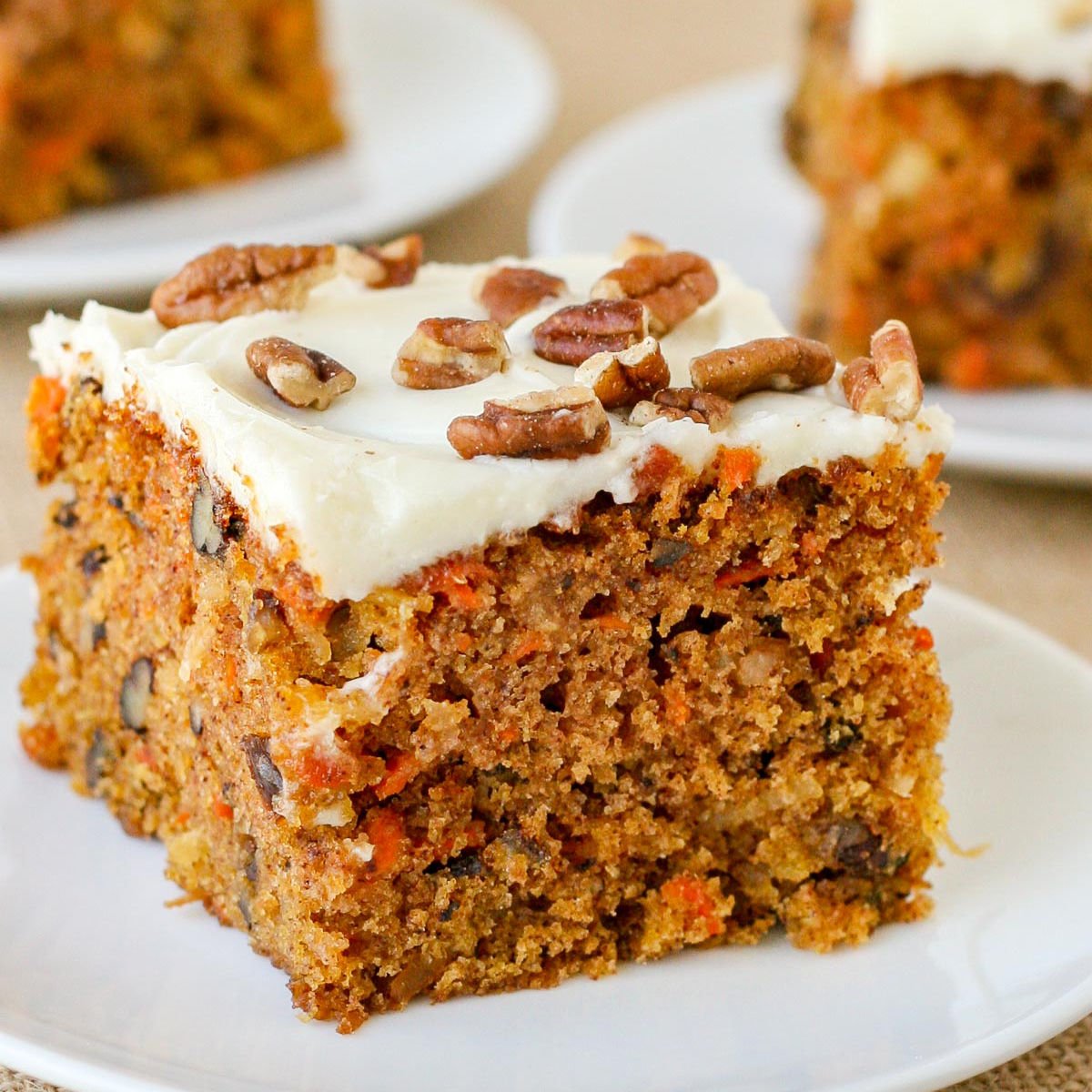
Here are some creative presentation ideas for carrot cake:
- Layered Cake:Create a layered cake with alternating layers of cake and frosting, creating a visually appealing and decadent dessert.
- Individual Servings:Bake carrot cake in individual ramekins or muffin tins for a more elegant and portion-controlled presentation.
- Decorative Frosting:Use a piping bag to create decorative swirls or patterns on the frosting, adding a touch of artistry to the cake.
- Fruit Garnish:Add fresh fruit, such as berries, citrus slices, or pineapple chunks, for a vibrant and refreshing touch.
Tips for an Unforgettable Carrot Cake Experience
Here are some tips for creating an unforgettable carrot cake experience:
- Use High-Quality Ingredients:Use fresh, high-quality ingredients to ensure the best flavor and texture.
- Bake the Cake Evenly:Bake the cake according to the recipe instructions to ensure it is cooked through and has a consistent texture.
- Cool the Cake Completely:Allow the cake to cool completely before frosting to prevent the frosting from melting.
- Create a Visually Appealing Presentation:Use creative plating techniques and decorative elements to enhance the visual appeal of the cake.
- Serve with Accompaniments:Offer a variety of accompaniments, such as whipped cream, coffee, or tea, to complement the flavor of the cake.
Carrot Cake in the Modern World
Carrot cake continues to evolve in the modern culinary landscape, influenced by new trends, innovations, and the ever-changing preferences of consumers.
Evolving Trends and Innovations
Modern carrot cake recipes often incorporate unexpected ingredients and flavor combinations, such as spices like cardamom and saffron, or fruits like mango and passion fruit. Vegan and gluten-free variations are also gaining popularity, catering to dietary restrictions and preferences.
Current Popularity
Carrot cake remains a popular dessert choice in many parts of the world. Its versatility, adaptability, and comforting flavor make it a favorite for both casual and formal occasions. The rise of social media has also contributed to the popularity of carrot cake, with food bloggers and influencers sharing their recipes and creations with a wider audience.
Impact of Social Media and Food Trends
Social media platforms have played a significant role in shaping the perception and consumption of carrot cake. Food trends, such as the popularity of vegan and gluten-free desserts, have influenced the development of new and innovative carrot cake recipes. The sharing of recipes and photos on social media has also led to a greater appreciation for the diversity and creativity in the world of carrot cake.
Final Review
From its historical origins to its modern-day popularity, carrot cake remains a testament to the enduring power of simple ingredients and culinary creativity. Whether enjoyed as a classic treat or explored through innovative variations, carrot cake continues to delight taste buds and inspire culinary exploration.
Its story is a sweet reminder that even the most humble ingredients can be transformed into something truly special.

